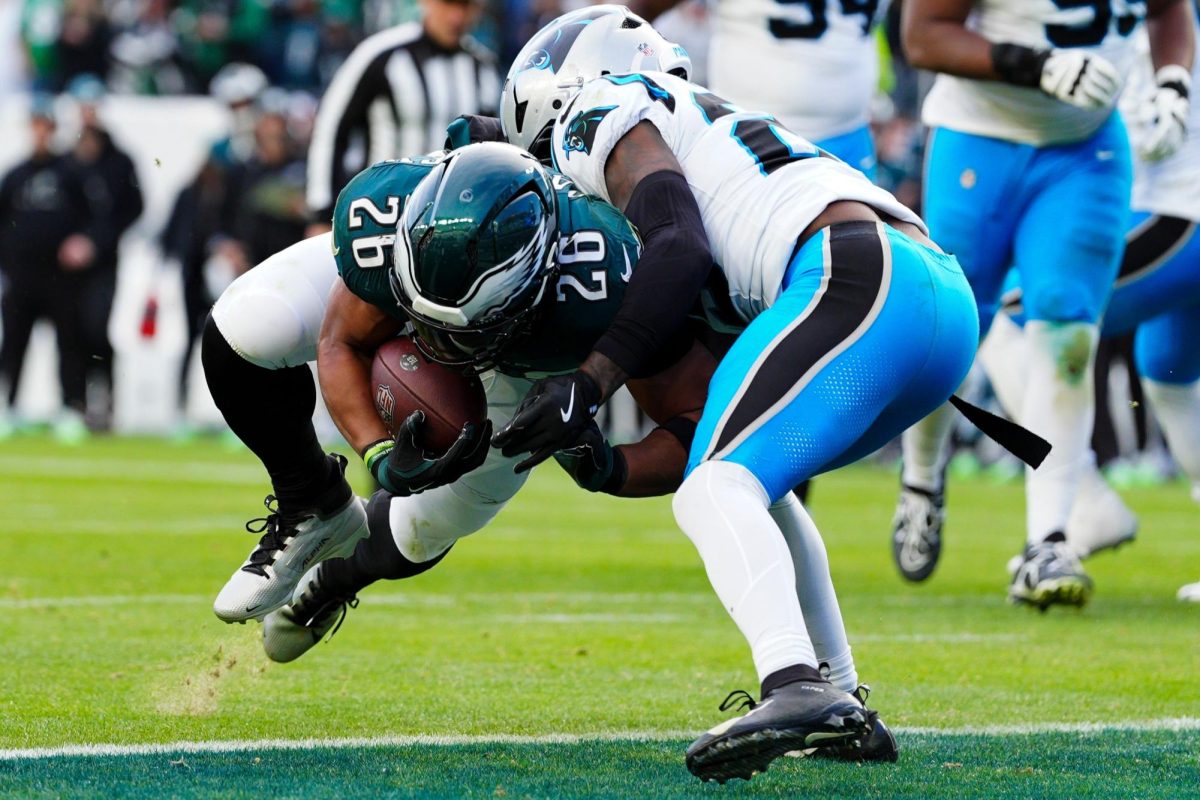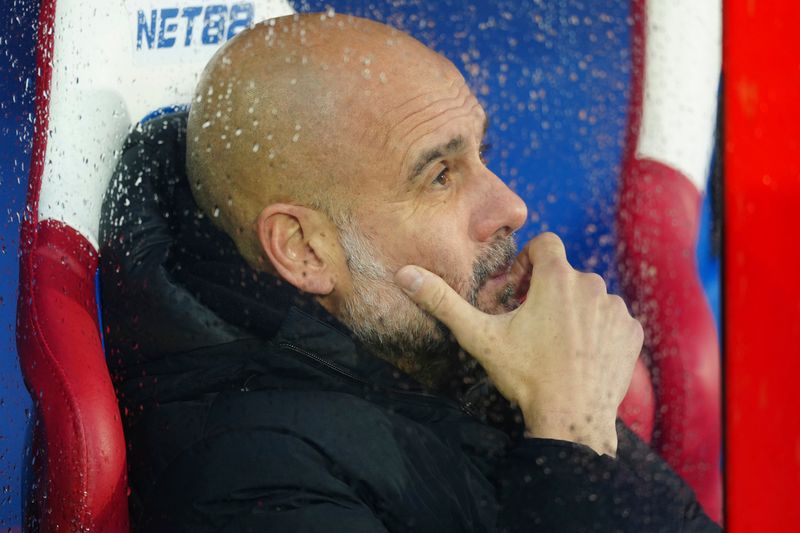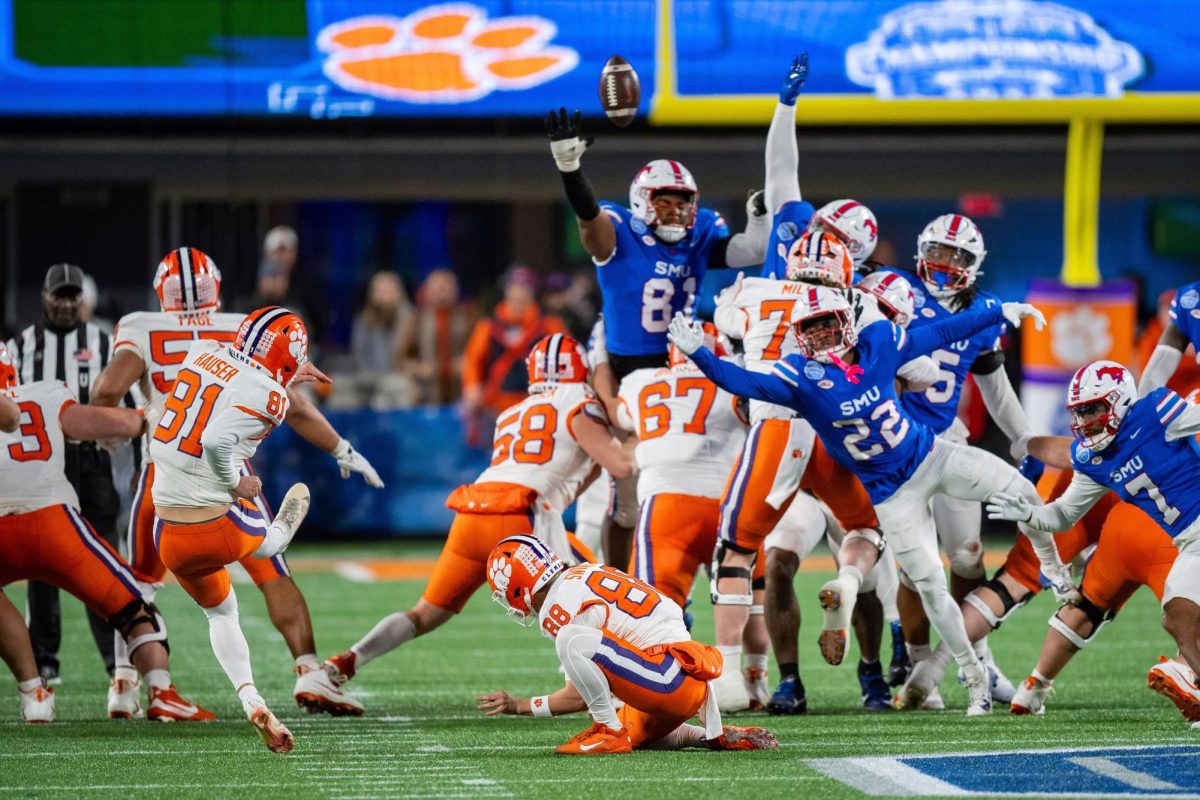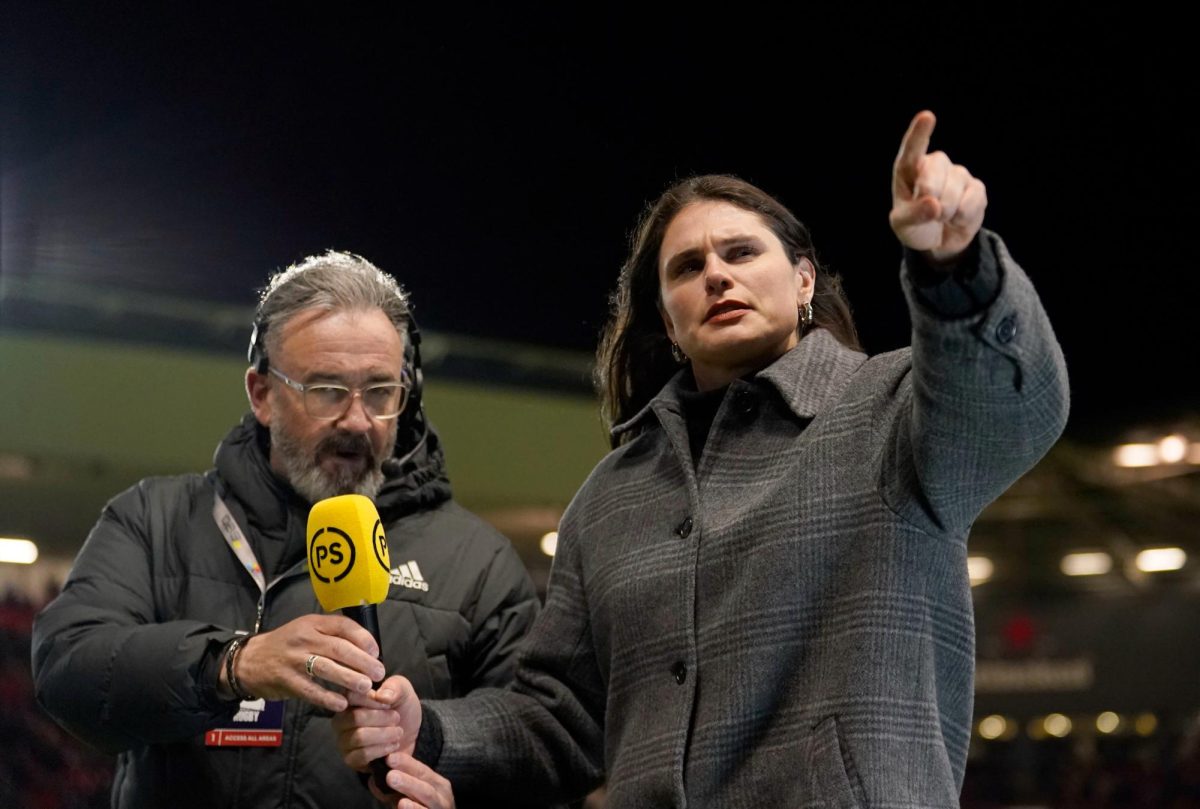This is the second article in a two-part story on the development of the Professional Women’s Hockey League, which began operations in 2024.
After announcing the Professional Women’s Hockey League (PWHL) to the public in August 2023, many began speculating who would be involved and how long of a reset the league would need before competitive play would begin.
Many prominent members of the sports world took an interest in the league. Mark Walter, Stan Kasten, tennis legend Billie Jean King and former Olympian and Hockey Hall of Fame inductee Jayna Hefford are notable names leading the PWHL forward.
The timeline was ambitious, circling Jan. 1, 2024, as the start date of the inaugural season of the PWHL. This gave the league around six months to establish teams, markets, areas, players, staff, operations and anything else required for a successful professional sports league — an unprecedented turnaround.
The first order of business was establishing the cities where the teams would play. Mirroring the NHL, the PWHL announced they would have their version of the famed “original six.” At the end of August 2023, the league revealed that the inaugural season would feature teams in New York, Boston, Minnesota, Toronto, Montreal and Ottawa. The cities were chosen strategically, with three teams in Canada and three in the United States, providing equal opportunity for members regardless of origin and residence. Cities with an established NHL market and track records of supporting the women’s game were chosen.
The six teams were provided a 10-day free agency period before the player draft to sign three players to begin their team-building processes. This process allowed some of the game’s best to pick their franchises. Many chose to stay locally and represent their hometowns, such as Marie Philip-Poulin in Montreal and Sarah Nurse in Toronto. Others returned to where they played in previous professional stints, such as Kendall Coyne Schofield in Minnesota. The period gave each team a nucleus of players that they could build off of and provided the fans a chance to begin associating players with teams and cities — something that was quite difficult before the joint league.
After a successful 15-round player draft on Sept. 18, another free agency/camp invite period, establishing home arenas for each team and further staffing hires, fans could finally begin to see the makings of a real, organized league. The targeted Jan. 1 start date seemed more and more achievable by the day. Training camp officially began in late November 2023, where the teams could play together for the first time since their inception only a couple of months prior.
Colgate University alumni Jesse Eldridge ’19 and Olivia Zafuto ’19 found themselves a part of the New York team, while Rosalie Demers ’22 and Malia Schneider ’22 joined Ottawa.
From Dec. 3 through Dec. 7, all six teams gathered in Utica, N.Y., for a five-day preseason evaluation camp with informal games taking place throughout. On Dec. 6, a Fan Fest open to the public served as the first time fans could openly see and watch these athletes perform in their new teams. For the PWHL, the event would be their first measure of interest and could help forecast the relative success of the league.
I was lucky enough to attend the Fan Fest event in December, offering a lot of information on the early dealings of the league. Pulling into the assigned parking lot for the event, you could assume the event was a scheduled game — it was packed. Fans were everywhere, sporting Olympic and Premier Hockey Federation jerseys in support of the players in Upstate New York that evening.
Stepping into the Utica University Nexus Center, hopeful and excited energy was in the air. In each corner of the arena, members of the teams were signing autographs for the fans, players were warming up on the ice and league staff were milling about conversing with their peers and colleagues, excited about the future.
Dave Meisel, a volunteer at the event, was impressed with the league’s efficiency.
“I’ll tell you, for someone who has worked in women’s hockey for a long time,” Meisel said. “The operation that they put together in such a short period of time [is] very impressive.”
Almost every single seat in the 1,200-seat venue was full, and fans got on their feet when Chairperson Jayna Hefford dropped the puck to kick off the exhibition game between New York and Ottawa. The on-ice product was exciting and captivating, making fans eager for the future.
I got the chance to talk to former Olympian and leader of the Professional Women’s Hockey Association, Hefford, who now serves in one of the most important roles in the PWHL as chairperson, in a one-on-one interview. For her, this first experience interacting with fans during the event had been a complete success.
“[Fan Fest] has really been amazing,” Hefford said. “It was really great to see fans show up in big numbers and come and get autographs and meet players and watch the game. It’s a huge milestone in our journey for this pro league, and it’s exciting to be here.”
Hefford spoke to the differences that will help the PWHL stand apart from the leagues that have ceased to exist before them.
“From our ownership group down, Mark Walter […] obviously brings the capital, professional sports experience, but also really aligned with our values that we share around equality and increasing opportunities for women,” Hefford said. “We have the best players in the world that are part of this league […]. At this point in time, we are seeing a demand for women’s sports around the world, whether it’s a woman’s World Cup or viewership numbers for the [women’s] U.S. Open […]. Fans are craving women’s professional sports, and we are ready to provide a product they can follow.”
She looks forward to watching players from the National Collegiate Athletic Association (NCAA) whose careers previously may have ended after graduating from school.
“As of right now, the top young players are predominantly in the NCAA, so that’s a huge place for us to see players develop, to watch [and] to scout because we know they are going to be the next stars in our league,” Hefford said.
With an eye towards the future, Hefford sees the potential impact that the PWHL can have on hockey.
“I hope we go across our six markets and [that] we have full buildings and great television and broadcast visibility for fans around the world who aren’t in those markets. I hope we are so successful that we’re starting to look at expansion and maybe other markets. I hope we continue to keep attracting the best players from around the world to be a part of this league, and the result of that will be growing the game globally,” Hefford said.
With the success of Fan Fest, Hefford and the rest of the PWHL staff should be thrilled for the inaugural season. Fans are clearly ready for this new version of professional women’s hockey.
It’s only fitting that former Boston Bruins captain Patrice Bergeron was the one who revealed to longtime U.S. Olympian Hillary Knight that she would be the first captain of Boston’s PWHL squad.
This very idea has seemingly set the PWHL apart from the leagues that have preceded it. There is this overarching sense of unity and support that women’s professional leagues have previously lacked. It’s almost as if the major players in the hockey world have finally gotten together and said enough is enough. Support from legends like Bergeron only strengthens the league’s place in the world of professional sports.
Small gestures such as NHL superstars Auston Matthews, Mitch Marner, Morgan Rielly and John Tavares sporting matching local PWHL hoodies have brought so many eyes to a league producing a product that can capture an audience’s attention.
I was lucky enough to have an up-close and personal view of PWHL Boston’s first game in history at the Tsongas Center in Lowell, Mass., while working closely with the Boston staff and their game presentation team. Thousands of fans lined the street near the main entrance hours before the gate was even open. There was a passion that was infectious for everyone involved.
Bergeron returned for the ceremonial puck drop, and the Boston fans were excited to see the hockey legend and his children sporting oversized PWHL Boston jerseys.
All four collegiate teams competing in this year’s Women’s Beanpot Tournament — Harvard University, Northeastern University, Boston College and Boston University — were also in attendance, showing that the league could create a ripple effect in the women’s game.
There was a really fun moment in the middle of the third period where a “Go Boston!” chant began ringing back and forth between the stands. It was a surreal moment for the players and those who had spent countless hours preparing for the inaugural season. Seeing all their work pay off with smiles across the fans’ faces in attendance truly announced that the future of women’s hockey was here — and that future is the PWHL.
The work that has been put into this new league is finally deserving of the best in the world. The first attempts at creating a professional league for women’s hockey never gave the players what they deserved. A hard reset and streamlined process was needed, and Mark Walter has provided it.
That weekend, on Saturday, Jan. 6, the game between PWHL Minnesota and PWHL Montreal in the Xcel Energy Center — usually the home of the NHL’s Minnesota Wild — set an attendance record for the most watched professional women’s ice hockey event at 13,316 viewers, smashing the previous record of 7,765 set by the professional league in Sweden.
It’s hard to use the word “energy” as the descriptive reasoning for why I think the PWHL will succeed, but it is just that: incredible, positive energy. You can feel the passion and the demand for the on-ice product.
With a successful beginning of the inaugural season, another checkpoint is passed for the PWHL, yet much work still needs to be done. All of this is uncharted territory for the league, and while their leadership has plenty of experience, plenty of things can still happen.
However, from what I have seen not only these past couple of weeks but also the past couple of months, I am confident to say that the PWHL leadership team is well-positioned to steer the league to success. Beyond that, the on-ice product is exciting and has captured the attention of hockey fans nationwide. From this position of strength, there is no doubt that there is potential for the league to prosper and blossom as long as the overall goal stays in focus: providing a centralized location for elite players and offering a world-class game experience for the fans.








Sali • Feb 18, 2024 at 4:00 pm
Loved this two-part series! As a big PWHL fan, I’ve been curious about the leagues that came before and wanted to know more. This was a great primer for me 🙂
Madeline Bayliss '76 • Feb 16, 2024 at 12:36 pm
Ian, thanks for the first-hand coverage of this tremendous development in hockey and women’s sports. The phrase “grow the game” has been redefined with the extraordinary fan attendance in person and on streaming services. PWHL made a good decision to stream all games on its own YouTube channel at no cost.
There is still much to do in terms of opportunity. PWHL made a decision to scale back to 6 teams and the pro level lost about half the positions available. Cities are ready for expansion but timing is up to the League. There are only so many European teams and those players want to contend for PWHL as well. There is no minor league. So outlook is very dynamic. Asking if an NCAA player is considering a pro career should now be a standard interview question for seniors/fifth years.
An update for you: Rosalie Demers and Malia Schneider were signed as Reserve players for Ottawa. Malia recently decided to take an opportunity to play full time for a team in the Sweden league. We have four CWIH alumnae playing in Europe.